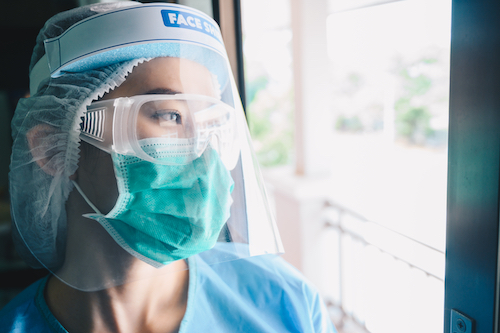
August 19, 2022 – After almost three years of managing COVID-19, the world is on the brink of another health crisis – monkeypox. Humans can contract monkeypox through close contact with an infected person or animal and can then spread it to other people through close contact with lesions, respiratory droplets, body fluids, and contaminated items like sheets and pillowcases. Symptoms usually include a fever, a painful rash that turns into blisters, and swollen lymph nodes.
Monkeypox became more widespread in May of this year, especially in parts of the world where it was not common. On August 4, 2022, the HHS declared monkeypox a public health emergency.
Here are ECRI’s three recommendations for how to protect patients and staff from monkeypox:
- Implement screening – Screening patients as soon as they enter your healthcare facility can help to better protect your patients and staff, especially in emergency departments, urgent care centers, and ambulatory clinics. Use a checklist for the screening to determine if these patients meet any of the criteria set by the CDC. If a patient is positive, the facility must take measures to quarantine and manage these confirmed cases.
- Require PPE – PPE is the last line of defense between healthcare workers and monkeypox, so it’s imperative for organizations to continue to enforce proper use of PPE. Also, organizations need to provide ease of access and appropriate stock of PPE for their employees.
- Education – Healthcare organizations need to educate their employees, clinical or not, about the transmission of monkeypox. Proper PPE use is critical for both groups, and non-clinical workers need to understand how they can support the efforts of clinical staff (i.e., how to appropriately handle contaminated linens and laundry).
